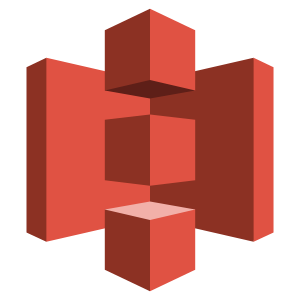Compare - Google Cloud Storage VS Databricks
Here’s the difference between Google Cloud Storage and Databricks. The comparison is based on pricing, deployment, business model, and other important factors.
About Google Cloud Storage
Cloud Storage is a flexible, scalable, and durable storage option for your virtual machine instances. You can read and write files to Cloud Storage buckets from almost anywhere, so you can use buckets as common storage between your instances, App Engine, your on-premises systems, and other cloud services. If Cloud Storage buckets do not meet your performance and latency requirements, you can use Cloud Storage in combination with other instance storage options.
About Databricks
Databricks provides a data lakehouse that unifies your data warehousing and AI use cases on a single platform. With Databricks, you can implement a common approach to data governance across all data types and assets, and execute all of your workloads across data engineering, data warehousing, data streaming, data science, and machine learning on a single copy of the data. Built on open source and open standards, with hundreds of active partnerships, Databricks easily integrates with your modern data stack. Additionally, Databricks uses an open standards approach to data sharing to eliminate ecosystem restrictions. Finally, Databricks provides a consistent data platform across clouds to reduce the friction of multicloud environments. Today, Databricks has over 7000 customers, including Amgen, Walmart, Disney, HSBC, Shell, Grab, and Instacart.
Comparison Table
| Overview | ||
|---|---|---|
| Categories | Data Lakes | Data Warehouses, Data Lakes |
| Stage | Late Stage | Late Stage |
| Target Segment | Enterprise, Mid size | Enterprise, Mid size |
| Deployment | SaaS | SaaS |
| Business Model | Commercial | Commercial |
| Pricing | Freemium | Freemium, Contact Sales |
| Location | US | San Francisco, US |
| Companies using it | ||
| Contact info |
Add to compare

